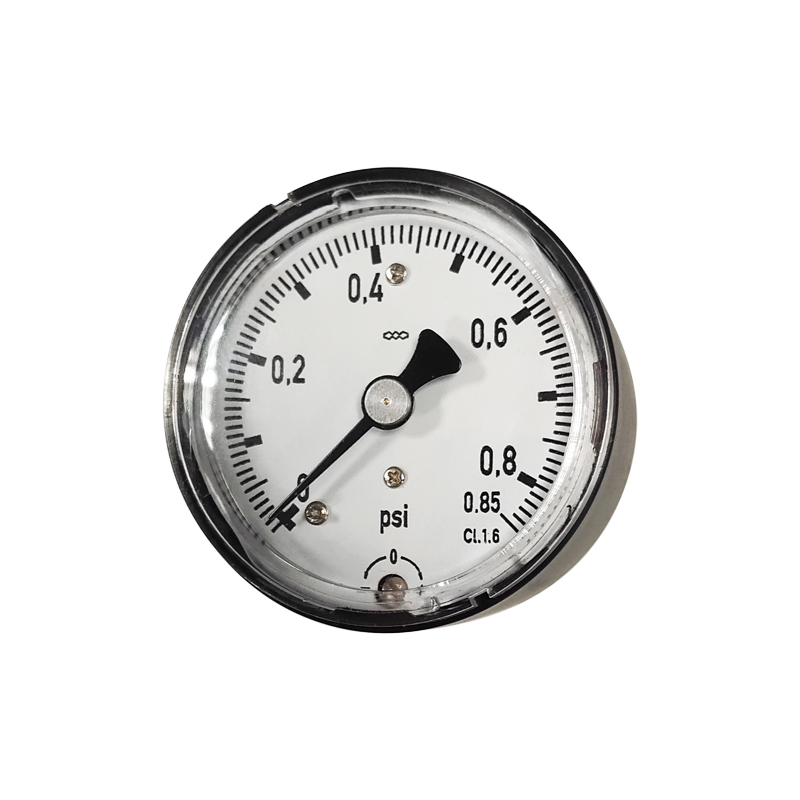
Nov . 03, 2024 02:01 Back to list
cryogenic differential pressure gauge
Understanding Cryogenic Differential Pressure Gauges
Cryogenic differential pressure gauges are specialized instruments designed to measure pressure differences in environments with extremely low temperatures, typically below -150°C (-238°F). These gauges play a critical role in various applications, including the storage and transport of liquefied gases like nitrogen, helium, and oxygen, as well as in scientific research where precise measurements in low-temperature conditions are paramount.
Key Principles of Functionality
Differential pressure gauges operate on the principle of measuring the difference between two pressure points. In cryogenic applications, this involves monitoring the pressure at two separate locations within a system. The gauge measures how much one pressure differs from the other, providing valuable data that can be used for safety monitoring, system efficiency, and overall operational integrity.
The design of cryogenic differential pressure gauges must withstand extreme temperature fluctuations and maintain accuracy. These instruments often utilize materials that retain their structural integrity and sensitivity at low temperatures. For example, stainless steel and special alloys are commonly used for components exposed to cryogenic conditions.
Importance in Cryogenic Applications
In cryogenic systems, maintaining the integrity of pressure levels is crucial for safety and efficiency. Any deviation from the expected pressure can signal potential issues such as leaks, blockages, or malfunctions in the system. By employing cryogenic differential pressure gauges, engineers and operators can detect these variations early, allowing for timely interventions and preventing catastrophic failures.
cryogenic differential pressure gauge

In the liquid gas industries, such as those involved in space exploration, pharmaceuticals, and energy production, cryogenic gauges ensure that storage tanks, pipelines, and reactors operate within safe pressure thresholds. For example, the liquefaction process of gases often requires precise control of pressures to maintain the gas in a liquid state; a differential pressure gauge provides real-time data essential for maintaining optimal conditions.
Technological Advances
Recent advancements in sensor technology have further enhanced the performance of cryogenic differential pressure gauges. Digital gauges, for instance, allow for more accurate readings and enhanced data logging capabilities. They can also integrate with advanced monitoring systems, providing user-friendly interfaces and remote access to pressure data.
Moreover, with the rise of IoT (Internet of Things) technology, modern cryogenic gauges can communicate with other systems for improved data analysis and predictive maintenance. This connectivity enables operators to monitor their processes in real-time, optimizing performance and reducing downtime.
Conclusion
In conclusion, cryogenic differential pressure gauges are vital tools in modern industrial and scientific applications requiring low-temperature precision. Their ability to monitor pressure differences accurately ensures safety, enhances efficiency, and supports the integrity of complex systems. As technology continues to evolve, these gauges will become even more integral to innovative applications, paving the way for advancements in various fields, including aerospace, medicine, and energy. Understanding and effectively utilizing these gauges will be essential for engineers and operators working in environments where cryogenic conditions are the norm.
-
High-Quality Pressure Gauge on Fire Extinguisher - Reliable Water Fire Extinguisher Pressure Gauge Suppliers & Exporters
NewsJul.08,2025
-
High-Quality Water Pressure Differential and Gauge Kit Reliable Manufacturers & Competitive Quotes
NewsJul.08,2025
-
High-Precision Digital Diaphragm Pressure Gauge – Reliable Manufacturer & Competitive Quotes
NewsJul.07,2025
-
Wholesale Diaphragm Pressure Gauge Supplier - Premium Quality & Competitive Price
NewsJul.07,2025
-
Digital Diaphragm Pressure Gauge Reliable & Precise Measurement Top Manufacturers Quotes
NewsJul.06,2025
-
High Accuracy Piston Type Differential Pressure Gauge - Reliable Manufacturers & Competitive Quotes
NewsJul.06,2025
